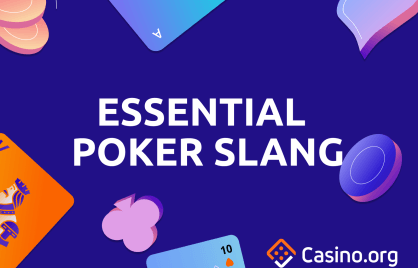What Happens in Vegas Stays in Vegas, Except for the Tourists
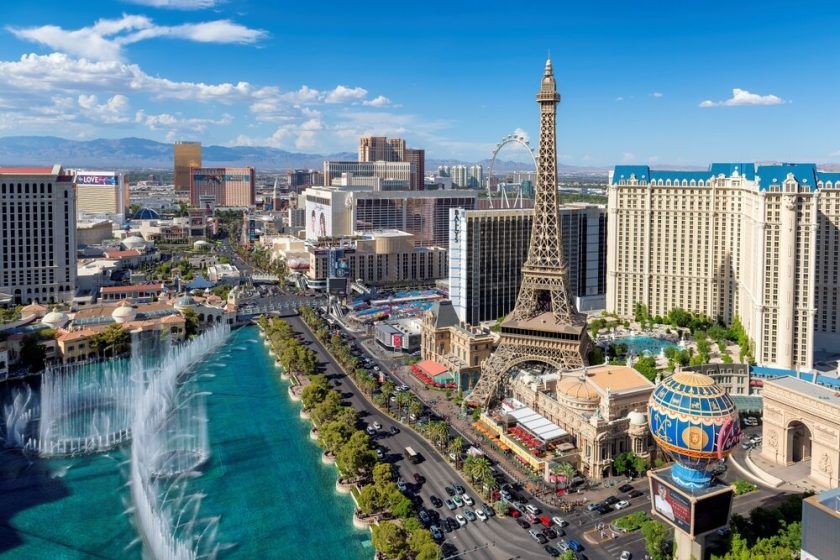
Summarize this post
The 2025 Las Vegas Tourism Decline: What You’ll Learn
- Historical Context: Understand the historical challenges Las Vegas has faced in the past, from the Prohibition Era to recent economic downturns, providing context for the current tourism decline.
- Current Tourism Trends: Learn about the specific decline in visitor numbers in Summer 2025, with statistics illustrating the impact on Las Vegas tourism and insights into the factors driving these changes.
- Local Perspectives: Gain insights from industry experts and local on how the decline in tourism is affecting the hospitality and gaming sectors in Las Vegas.
- Hotel and Casino Impact: Explore how decreased tourist volumes have affected hotel occupancy rates, pricing strategies, and overall gaming revenues, revealing the economic dynamics at play in the city.
- Future Implications: Consider the implications for Las Vegas tourism moving forward, including potential strategies the city might adopt to recover from the decline and re-engage visitors, alongside local sentiments about how tourism priorities may need to shift.
An Expert’s Visit to a Quieter Sin City
Las Vegas has experienced many challenging times in its 120 years, from the Prohibition Era in the 1920s, through the Great Depression in the 1930s, to the more recent Great Recession of 2007 through 2009. The city known for luxury, indulgence, and fun was naturally affected by changes in international and domestic trends and events.
Summer 2025 is proving to be another challenging period for Las Vegas tourism. Visitor numbers are declining steadily, which is having a resounding impact on a city that relies on local and global tourism for its livelihood.
Ziv Chen, a gaming industry expert with over two decades of executive experience and a senior Casino.org contributor, went to Las Vegas to talk to the city’s locals and see firsthand how the recent decline in tourist numbers affects the city. Here’s what he came back with.
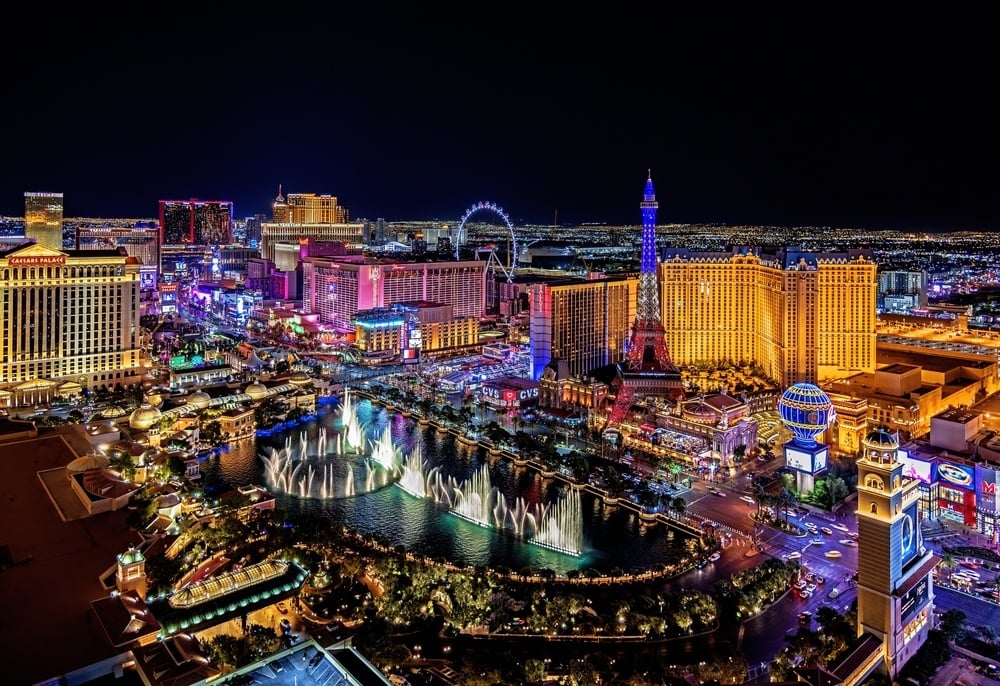
Image Credit: Randy Andy/Shutterstock
For Starters, What is Your Special Relationship and History with Las Vegas?
Z.C.: My faith was actually tied to Las Vegas on the day I was born. We’re both old (although Vegas has a few years of a head start), and we share the same birthday: May 15. On that day in 1905, a 110-acre plot of land next to the Union Pacific Railroad (which later became what’s today the Downtown Vegas area) was auctioned, and Las Vegas was born. I was born on the same day a few years later, but I won’t tell you the year.
My relationship with this awesome city continued as I grew up in the San Francisco Bay Area in neighboring California. Every family vacation used to be a trip to Las Vegas’s Circus Circus Hotel and Casino. My parents used to go gamble and leave me at the arcade with tons of other kids (not today’s parenting standard, but I remember it being a lot of fun). So many years later, pursuing a career in the gaming industry was a natural progression. But Las Vegas is where it all started for me.
Do you remember things differently?
Z.C.: Circus Circus, my childhood go-to hotel in Vegas, is located on the north end of the Strip, which many people snub, but I actually love the area. It’s not as busy as the center and south end of Las Vegas Boulevard. If you know where to look, there are a lot of good hotel options, including the Wynn and Encore, or the Fontainebleau if you are looking for a high-end stay, or the Ahern and the Strat if you don’t mind travelling a bit further north for reasonable prices.
The North Strip also offers excellent, cheap, and authentic food options, such as the Peppermill and Fireside Lounge, Siegel’s Bagelmania, and the iconic Tacos El Gordo. The area is also closer to Downtown Las Vegas, which I love (especially Fremont Street).
Foot traffic is never a big issue on the north end of Las Vegas Boulevard. But it’s a multi-lane heavy-traffic area when it comes to cars. But during my visit, I found both the sidewalk and the road to be really quiet and empty, with considerably fewer cars during all hours of the day.
On the bright side, it was much easier to cross the road, which is a pretty terrifying task during the high season. I’ve asked locals about it at different street corners in the area. Most said that although traffic is usually thinner during this time of year, things feel quieter compared to previous summers.
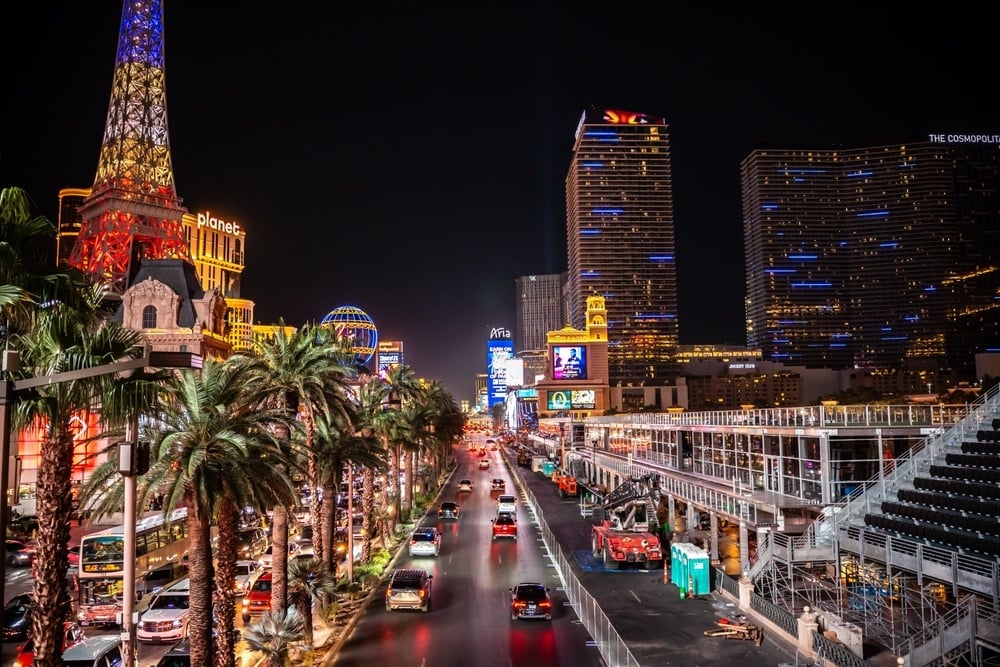
Image Credit: Randy Andy/Shutterstock
So, What do the Las Vegas Tourism Numbers Tell You?
Z.C.: As a journalist, a big part of my job is checking numbers and being on top of trends. So, as I do every month, I went to check the numbers published by the Nevada Gaming Control Board and the Las Vegas Convention and Visitors Authority (LVCVA). And boy, did the numbers tell a story.
Starting at the top, 3,094,800 people visited Las Vegas in June, an 11.3% drop from 3,490,600 people who visited the city in June 2024. That’s 395,800 people less on the streets of Vegas year-on-year.
And if you’re looking at air travellers, who make up the biggest portion of Las Vegas tourism visitors, Harry Reid International Airport saw 4,727,462 passengers travel in June, 6.3% less than last year’s 5,046,600. Meaning that air passengers accounted for nearly 81% of the Year-on-Year visitor decline (compared to visitors who arrive by car and other modes of transport).
How were the waiting times at the airport?
Z.C. I travelled to Las Vegas many times during 2024 and on several occasions during 2025. Harry Reid International Airport was always busy when I landed or took off. In 2024, the airport saw 58.4 million passengers, and so far this year has been quieter.
I felt it going through immigration and getting my bags in record speed (I was out waiting for my rideshare 28 minutes after touching ground in Vegas, which is super quick compared to previous visits where it took a lot longer than an hour, sometimes even an hour and a half).
Another interesting thing I’m noticing (still) is different signs that still carry the airport’s previous name (McCarran Airport). The name was changed in 2001 (due to Pat McCarran’s racial and antisemitic views), but the sign and map replacement is still a work in progress. I’ve asked around about it and was told the changes are being made from donations and not taxpayer money; hence, it’s taking more time.
Do You Think The Las Vegas Tourism drop is Mostly Seasonal?
Z.C.: The way I see it, only part of it can be blamed on the dog days of summer. One should still consider the seasonal drop because summer is always slower for Las Vegas tourism (it’s too hot for many people, especially families and people looking to combine outdoor activities such as hiking, visiting the Grand Canyon, and national parks, etc.). So, when looking at the year-to-date numbers, things aren’t as bad, although there’s still a decline compared to 2024.
In the 12 months trailing up to June 2025, a total of 40,139,800 people visited Las Vegas, compared to 41,595,600 in the corresponding period last year. That’s 455,800 fewer visitors, or a drop of 3.5%, which is still painful, but not as 11.3% as June’s Year-on-Year freefall.
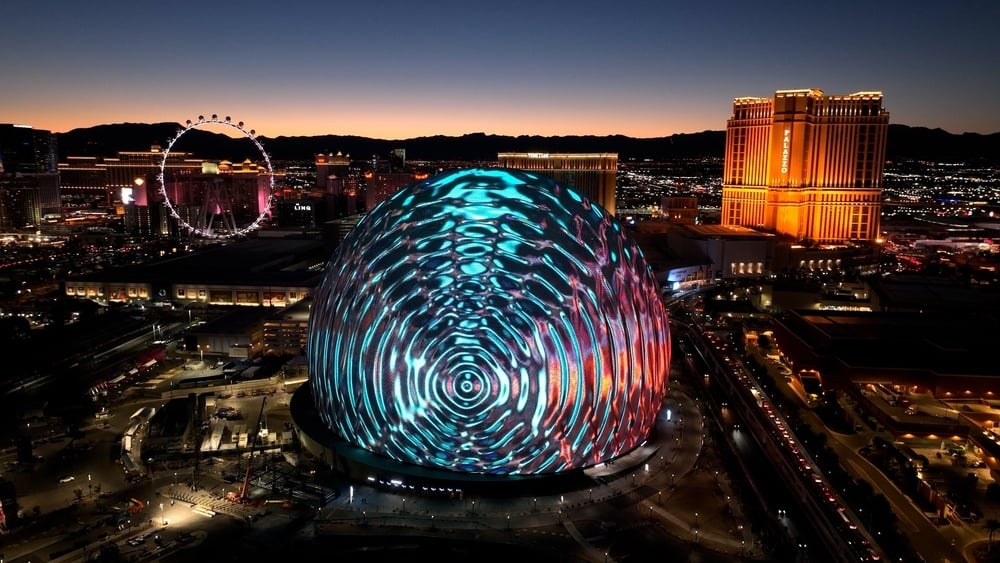
Image Credit: Paparacy/Shutterstock
Did you notice a difference across different areas?
Z.C.: As I’ve mentioned before, the north end of the Strip (between the Strat Hotel up north and the Wynn Resort to the south) was much quieter. But the real surprise came as I was making my way further down towards the center of the Strip.
The area between the Venetian and the Flamingo, including the Linq Promenade, was the quietest I’ve ever seen. I’m used to this area being packed with people year-round. Still, this time the street felt really quiet with tons of space to maneuver (usually you can’t see the road, or sidewalk, because of all the cars and people that cover it, but not this time around.
Locals I’ve stopped to ask agreed with me that it’s the quietest they’ve ever seen the area, even compared to previous summers. However, many said that things are busier on the south end.
And, they were right on! As soon as I started making my way towards the Bellagio and further down towards the Paris and MGM Grand, things picked up and it felt busy (and natural) again, as the Strip should be. The Downtown area, and especially Fremont Street, was also quieter, but not by much compared to previous summers.
How does it affect the Hotels?
Z.C.: Before we get into the specifics about hotel occupancy, let’s try to imagine for a second the big numbers in terms of hotel rooms. Take, as an example, some of the biggest hotels on the Strip: The Venetian and Palazzo complex have 7,017 rooms, MGM Grand has 5,124 rooms, and Mandalay Bay has 4.750 rooms.
So for these three alone, we’re looking at a total of 16,891 rooms. Let’s go with an average occupancy of two people per night, leaving us with 33,782 guests per night, for these hotels alone. So, that means that the shortfall in visitors from this June would leave three of the biggest hotels in Las Vegas empty for nearly 12 nights out of the month.
But beyond the let’s close-our-eyes-and-imagine drill (it’s still hard for me to imagine the Venetian empty), let’s look at the occupancy numbers. Firstly, there are fewer hotel rooms in Vegas right now, with the closure of some (the Mirage, Tropicana) and the building of new ones (the Hard Rock Cafe, instead of the Mirage), this summer is a bit of a transitional period, whereas the city currently has 150,220 rooms available, 2.3% less hotel rooms than were available last year. But even so, total hotel occupancy in June was 78.7%, 6.5% less than the 85.2% occupancy rate a year ago.
Can hotel guests feel the slowdown?
Z.C.: Being true to my investigative journalistic mission (ok, and I also love hotels, who am I kidding?), I’ve stayed during this visit not in one, but in three different hotels! The Ahern Hotel on Sahara Avenue (a block away from the Strat Hotel, marking North Strip and Vegas skyline with its iconic concrete tower, known as “the needle” by Vegas locals) is a functional hotel closer to the downtown area. Both the hotel and surroundings were as busy as I’ve usually seen, most likely due to the area catering to business people and locals.
My next stop was the Venetian Resort was busy most of the time, but did get quieter and relaxed during the daytime (especially early mornings, which are always quiet, but I still noticed fewer crowds and daytime gamblers, and more empty tables than I’m used to.
The last hotel I stayed at was the Virgin Hotel and Casino (formerly Hard Rock), on Harmon Avenue, close to the University of Nevada, Las Vegas (UNLV) campus. Although the hotel seemed very busy with guests in the lobby, pool, restaurants, and other public areas, the casino was very quiet; it actually felt empty.
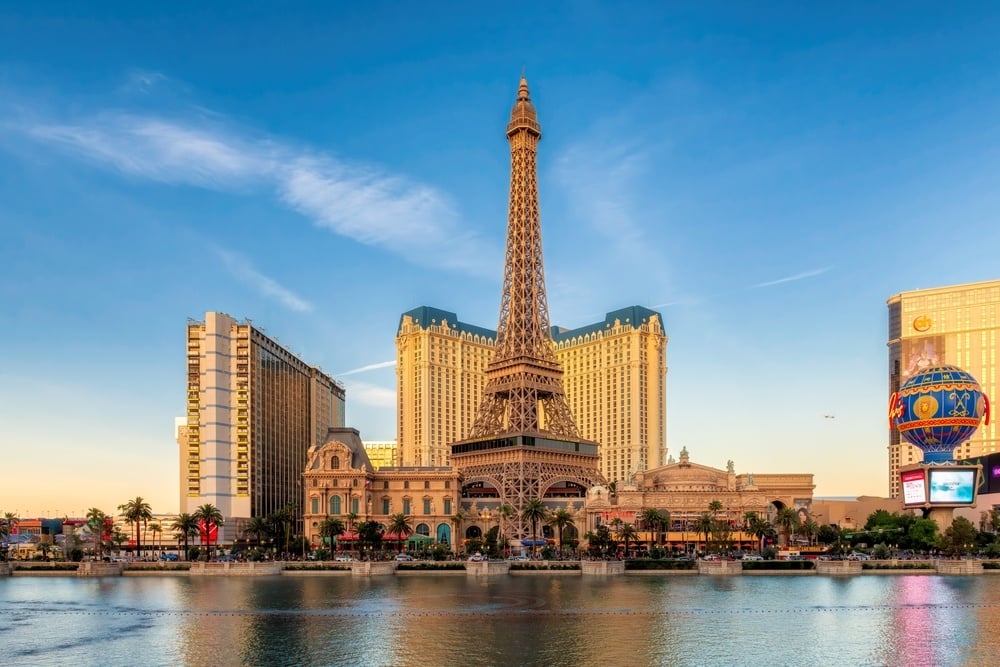
Image Credit: ByDroneVideos/Shutterstock
Does That Mean You Can Get a Better Hotel deal?
Z.C.: Oh yeah, it sure does. If you’re looking at nights booked for June, hotels sold a total of 3,546,600 nights, a big 9.7% drop year-on-year. It meant that, compared to last year, hotels were stuck with 381,700 unbooked rooms during the month. Does it mean better deals? It depends on how much you shop around (I sure did, and it paid off, big time). But if you’re looking at the average pricing across the board, so far, daily average room rates this summer dropped 6.6% year-on-year, from $175.26 to $163.64.
The downtown area and the Las Vegas Strip are two entirely different experiences, and that’s no different when it comes to hotel prices. At the same time, Strip hotels saw a 6.7% drop in room rates, which is a bit higher than the average downtown room prices this summer dropped by a much lower rate of 2.3%. However, keep in mind that room prices are cheaper downtown, so the difference between $89.63 last year and $87.55 this summer isn’t that much in absolute terms.
Did you get better deals?
Z.C.: I sure did! Summer is always a great time to get good hotel deals in Las Vegas; it’s a supply-and-demand thing. But I shopped around and booked at the last minute (rooms were still available on the morning I checked in, which isn’t obvious at all in Las Vegas, even not during the low season). And boy, did I get good deals! All the hotels I stayed in gave me fantastic rates. In fact, a night at a newly remodeled king suite at the most expensive hotel I stayed in Vegas cost me less than a night at a budget-chain airport hotel on the way over!
What About Conferences and Tradeshows?
Z.C.: That’s a very interesting one, actually. For a while, Las Vegas tourism officials have been looking to bring in more conference and business tourists. Operated by the LVCVA, the 4.6 million square feet Las Vegas Convention Center (LVCC) is located in close proximity to the Strip, and is undergoing a $600 million renovation as we speak. The LVCVA’s budget through 2026 includes advertising expenditures of $168 million. Last year, it hosted 47 industry events, bringing to the city over 1.1 million attendees.
Although conference visitors aren’t a large portion of the total number of people coming to Las Vegas, we’re talking about people and companies with much bigger spending power than the average tourist. Last year, conference attendees spent $1.8 billion and directly supported 8,420 jobs, which accrued $487.2 million in wages.
Sadly, conference visitation was down 10.7% compared to last year, which is one of the most significant drops I’ve noticed when writing this story. 374,600 people came to Vegas for conferences, compared to 419,300 in June last year. The light at the end of the tunnel is that the year started very strong, and when looking at year-to-date numbers compared to last year, convention visitor numbers are still up 1.5%, so hopefully this indicates a bright conference future ahead.
Did you get a chance to experience the conference scene?
Z.C.: Yes, I actually did. I went to explore the Las Vegas Convention Center, spending a few hours in the Convention Center Drive area. Things were buzzing with activity, with tons of convention attendees in the halls and restaurants around (I easily spotted them by the lanyards hanging on their necks). I spoke to a few who told me that summer is a good time for conventions because it’s easier to navigate around, and still enjoy Vegas while on a work trip.
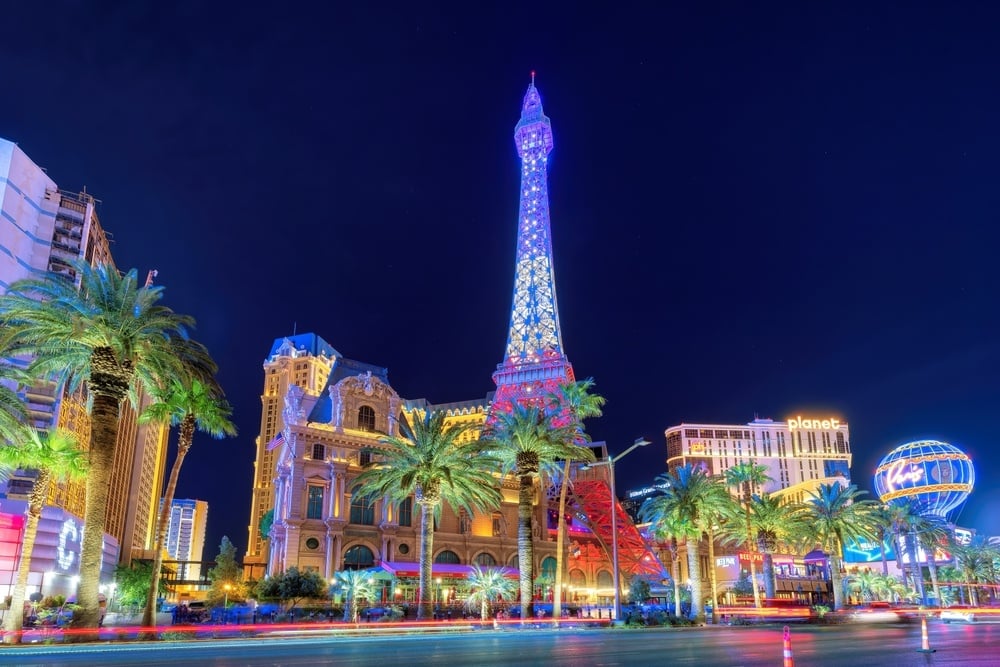
Image Credit: Lucky-photographer/Shutterstock
Leaving The Best For Last: How Did the Slowdown Affect Gaming?
Yes, this is probably the biggest question of them all. And just like gaming, where the outcome is unpredictable and strictly up to chance, it’s the same in this section. Despite the decline in Las Vegas tourism, gaming revenues are up! Looking at total gaming numbers across Clark County, casino gaming revenues for June were $1,332,354,924, up 3.53% year-on-year, compared to $1,119,216,203 from June 2024.
But now we’re getting to the more interesting parts. Casinos on the Las Vegas Strip showed a slight 0.9% increase from $758,592,671 last year to $765,290,693 in June. However, downtown casino revenues increased by 10.48% year-on-year from $66,217,151 to $73,155,044.
With cheaper hotels, food, drinks, and lower table limits, the Downtown Vegas area is known to cater to younger and local crowds, showing that the Las Vegas tourism drop was mostly affecting the higher-end Strip visitors.
Another very interesting figure that caught my attention was the 19.32% increase in revenues generated by Boulder Strip casinos, which are predominantly visited by locals. So while out–of-town visitor numbers are down, Vegas locals are driving up gaming revenues.
Gaming taxes and fees are a positive contributor to the local economy. In June 2025, the state collected $83,715,030 in taxes, up 20.14% year-on-year from the $69,681,592 collected last year. That’s another $14,033,438 in monthly taxes going into the local economy. It won’t fix everything, but it’s no small change either.
What is your take as a gaming expert?
Z.C.: Several thoughts came to mind when I was looking at the NVGC revenue reports. Starting with the obvious, gaming revenues in Downtown Vegas were up on nearly all fronts (as I’ve mentioned above, these casinos in the area cater to locals and low-stakes player demographics). But the more interesting take was the 6.8% decrease in table games vs. 19.15% increase in slot revenues, whereas slots are usually associated with tourists at low-stakes, non-high-roller venues.
The trend is opposite in Strip casinos, where table game revenues are down 8.35% for June compared to slot revenues that were up 9.98% year-on-year. In a time of tourist decline, these numbers feel a bit counterintuitive to me.
However, although gaming revenues from Strip casinos were slightly up in June (0.88% year-on-year), there was still a 1.9% decrease over the three-month period and a 3% decrease over the consecutive 12 months ending in June. Meanwhile, Downtown Vegas gaming revenues were up 10.48% in June, down slightly (0.32%) for the three-month period, and up 2.11% for the consecutive twelve months leading up to June.
All in all, the increase in gaming revenues serves as a smoothing mechanism for the economic impacts of this summer’s Las Vegas tourism decline.
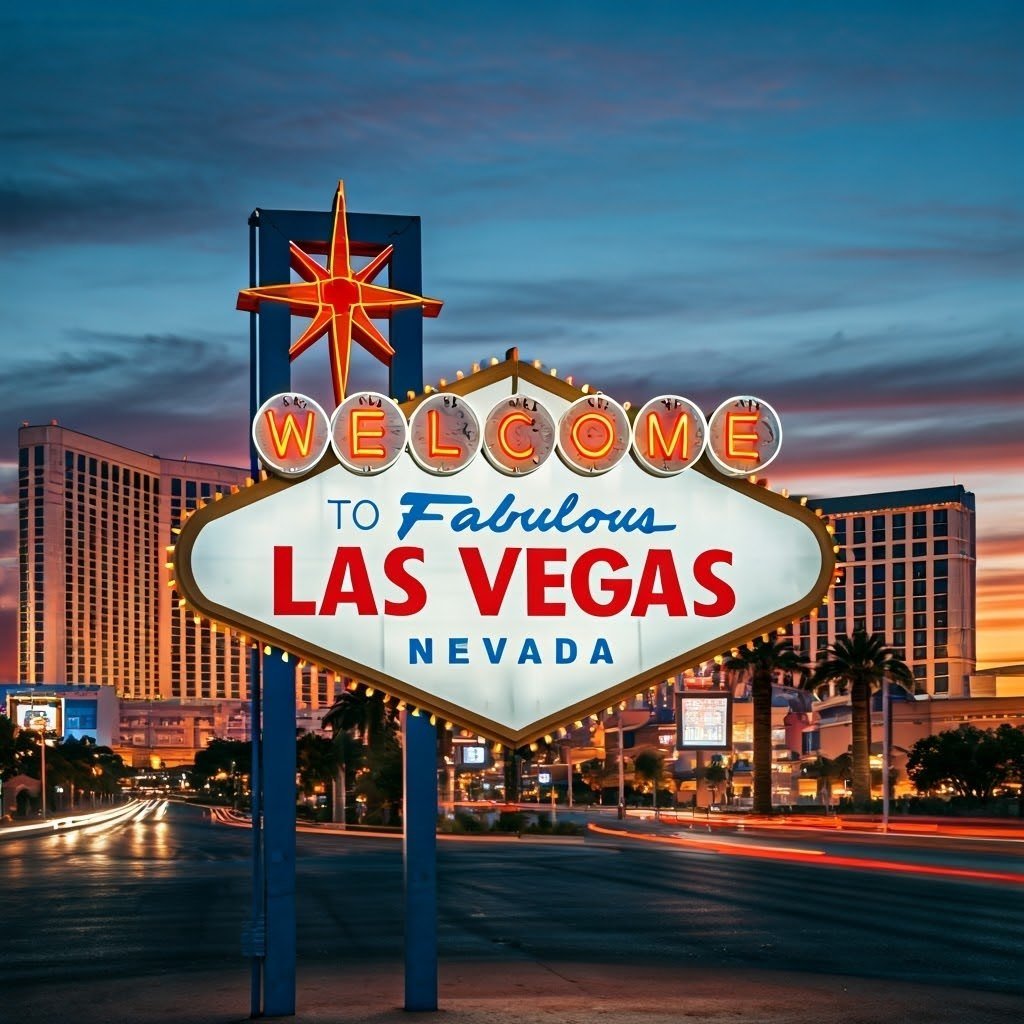
Image Credit: Lucky-photographer/Shutterstock
A Las Vegas Tourism Local Perspective
Z.C.: I was interested in hearing a local perspective on the situation, so I met for coffee with my colleague Victoria Pacheco, one of our Las Vegas field reporters and a video contributor to Casino.org. Victoria graduated from the UNLV School of Hospitality and has been working in the sector.. Here’s what she had to say.
Q: According to the Las Vegas Convention and Visitors Authority, Visitor volumes dropped by 11.3% in June. What, in your opinion, caused this decline?
V.P.: The June declines can be attributed to a number of factors. However, in my opinion, the decline can be due to rising prices and temperatures in Las Vegas. The heat being at an all-time high can deter visitors from Vegas compared to other years. Then, the increase in consumer prices, not just in Vegas but all over the U.S., can affect people’s ability to travel here.
Q: Hotel occupancy was down 10.7% compared to last year. From your own experience (people you know, etc.), how does it affect the hospitality job market?
V.P.: The decline in occupancy affects the hospitality industry as a whole. The biggest way it affects the industry is directly on the people who provide the service. Having been in the industry for many years, I know companies do not want to pay their employees top dollar when they are not making a profit. That is just the reality. That is, regardless of whether you are in the FOH or BOH, a rental agency, airport, etc. So with the decline, some companies cut hours and staff. It can also make it harder to obtain a job in the industry because there is simply not enough to go around.
Q: The city is taking some initiatives to try to overcome these challenges (e.g., hotels waiving resort fees, free parking for locals, etc.). Did you hear about these initiatives? And what are your thoughts about them?
V.P.: I personally think these initiatives are great. As locals, it makes us feel seen and heard. The city does many things to attract tourists, and sometimes, it comes at the expense of the Vegas locals. For example, Formula 1 caused traffic, price increases, and headaches. In return, we get decreased prices and free admission to some activations. This may not seem like much, but to a local, it helps us get out of the house and into Vegas life for a couple of hours.
Q: Can you feel the decline in visitors compared to previous summers?
V.P.: In full transparency, I do not see a decline in visitors during the later hours. However, in the daylight, when the heat is exhausting, I do see a decrease this summer compared to previous years. That being said, I also see an increase in locals visiting traditional Vegas locations.
Q: What do you think Las Vegas Tourism should do to overcome these number declines?
V.P.: Overall, Vegas needs to revert back to what it was once in the sense that it needs to reprioritize service over profit. Prices increase, but the quality of service and products declines. If Vegas wants to see an increase in numbers, it also needs to worry about retention. Meaning, the tourists that come through should have something they want to come back to, whether it is food, service, or products.
Q: What would you recommend a young person who works in the hospitality industry to do?
V.P.: My biggest recommendation would be to have a great attitude. You are there to serve and ensure guests have the best experience. Being happy and enthusiastic can get you very far in the industry because people talk. One day, someone will talk highly of you to the right person, and you can slowly but surely make a name for yourself in the industry.
Title Image Credit: Randy Andy/Shutterstock


